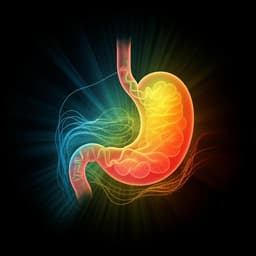
Veterinary Science
A novel modelling approach to quantify the response of dairy goats to a high-concentrate diet
M. Taghipoor, M. Delattre, et al.
This groundbreaking study by Masoomeh Taghipoor, Maud Delattre, and Sylvie Giger-Reverdin introduces a novel modeling approach to assess the resilience of dairy goats adapting to high-concentrate diets. By examining rumen pH kinetics, the research reveals the intriguing variability in individual goat responses and provides insights for optimizing feeding strategies in precision livestock farming.
~3 min • Beginner • English
Related Publications
Explore these studies to deepen your understanding of the subject.







